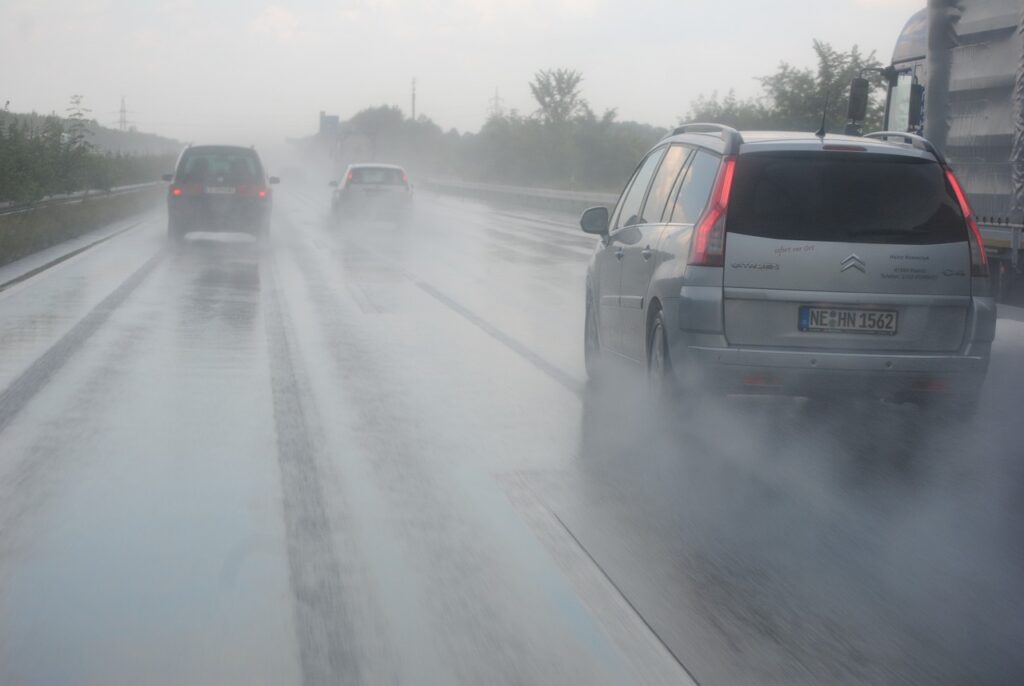
Picture this: you’re cruising down the open road, enjoying the wind in your hair and the freedom of driving. Suddenly, a car swerves into your lane without warning, narrowly missing your vehicle. Moments like these serve as stark reminders of the importance of defensive driving – a critical skill that can save lives and prevent accidents on the roads. In this blog, we’ll explore the significance of defensive driving, its key principles, and how adopting this mindset can keep you and others safe on your journey.
- What is Defensive Driving?
Defensive driving is not just a set of techniques but a way of thinking – a mindset that prioritizes safety and caution on the road. It involves being aware of potential hazards, anticipating the actions of other drivers, and taking proactive measures to avoid accidents. By staying vigilant and prepared for the unexpected, defensive drivers can mitigate risks and respond swiftly to any challenging situation.
- The Key Principles of Defensive Driving:
a) Stay Focused and Alert:
Defensive driving begins with attentiveness. Avoid distractions like texting, phone calls, or eating while driving. Keep your eyes on the road, hands on the wheel, and mind on the task at hand. Maintaining focus allows you to react quickly to changing road conditions.
b) Maintain a Safe Following Distance:
Tailgating is a dangerous habit that leaves no room for error. Instead, practice the three-second rule: choose a fixed point on the road, and when the vehicle ahead passes it, count “one thousand one, one thousand two, one thousand three.” If you reach that point before you finish counting, you’re following too closely.
c) Anticipate Potential Hazards:
Defensive drivers are constantly scanning the road for potential hazards, such as reckless drivers, pedestrians, or road obstacles. By anticipating possible dangers, you can adjust your speed and position to maintain a safe driving environment.
d) Respect Speed Limits and Traffic Signals:
Speed limits and traffic signals are in place for a reason – to maintain order and ensure safety. Respect these regulations, and never succumb to the temptation of speeding or running red lights. Defensive driving means adhering to the rules, even when others may not.
e) Use Mirrors and Check Blind Spots:
Proper use of mirrors is vital for staying informed about your surroundings. Regularly check your rear-view and side mirrors, especially before changing lanes or making turns. Additionally, glance over your shoulder to check blind spots, where other vehicles may be lurking.

- How Defensive Driving Can Prevent Accidents:
a) Avoiding Rear-End Collisions:
By maintaining a safe following distance and staying alert, you’ll have ample time to react if the vehicle in front suddenly stops or slows down. This prevents rear-end collisions, one of the most common types of accidents.
b) Managing Aggressive Drivers:
Encountering aggressive drivers can be nerve-wracking, but defensive driving allows you to stay calm and avoid escalating situations. Let aggressive drivers pass, and don’t engage in road rage. Your safety is paramount.
c) Handling Adverse Weather Conditions:
Defensive driving is especially crucial during adverse weather conditions like rain, snow, or fog. Reduce your speed, increase following distance, and use headlights to enhance visibility. These precautions minimize the risks associated with inclement weather.

d) Being Prepared for Sudden Maneuvers:
Defensive drivers are ready for unexpected maneuvers from other road users. They keep an eye out for turn signals and sudden lane changes, making it easier to respond promptly and safely.
- Embracing a Defensive Driving Mindset:
a) Take a Defensive Driving Course:
One of the best ways to enhance your defensive driving skills is by enrolling in a defensive driving course. These courses provide valuable insights, practical techniques, and hands-on experience to help you become a safer and more confident driver.
b) Stay Informed About Traffic Laws and Road Conditions:
Knowledge is power. Stay up-to-date with traffic laws, road signs, and any changes in driving regulations. Keep an eye on weather forecasts and road conditions before embarking on a journey.
c) Lead by Example:
By adopting a defensive driving mindset, you become a role model for others on the road. Your safe driving practices inspire others to prioritize safety and contribute to a culture of responsible driving.

Defensive driving is a powerful tool that empowers you to be proactive and prepared on the roads. By staying focused, maintaining safe distances, anticipating potential hazards, respecting traffic laws, and using mirrors effectively, you can significantly reduce the risk of accidents and protect yourself, your passengers, and fellow road users.
Remember, defensive driving is not just about protecting yourself but also about ensuring the safety of others around you. Embrace this mindset, be a courteous and vigilant driver, and make a positive impact on the road. Let’s all play our part in creating a safer driving environment, one cautious and considerate move at a time. Safe travels!